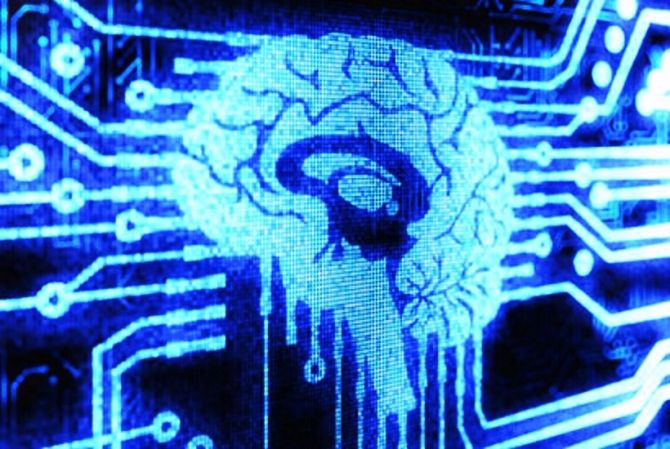Controlling Prosthetics with Thoughts Alone, Brain Revealed To Be More Flexible and Trainable

Neuroscientists have recently demonstrated that the brain may have more flexible and trainable than previously thought, and that parts of the brain circuits normally dedicated to learning motor skills like riding a bike or driving a car can actually be employed to master random mental tasks suggesting that patients may soon be able to control prosthetics though thoughts alone.
A new rat study, published on Sunday in the journal Nature, finds that the brain can easily be trained to work in a way that is different from its normal processes, which researchers hailed as a breakthrough for the advancement of thought-controlled prosthetic devices like robotic arms, legs and computer cursors for individuals with spinal cord injuries, amputations and other impairments.
Investigators said previous studies have largely focused on the role of physical movement when learning to use a prosthetic device, and that the latest findings suggest that the brain, alone, may be able to navigate over thought controlled prosthetics without bodily movements.
Furthermore, the new insights suggest that learning to control a brain-machine interface, which is inherently unnatural, could feel completely natural to a person learning to use it with their existing built-in circuits in the brain for natural motor control.
"This is key for people who can't move," said co-author Jose Carmena, co-director of the UC Berkeley-UCSF Center for Neural Engineering and Prostheses. "Most brain-machine interface studies have been done in healthy, able-bodied animals. What our study shows is that neuroprosthetic control is possible, even if physical movement is not involved."
Researchers fitted rats with a brain-machine interface that converted brain waves into auditory tones, and trained the experimental rats to convert their brain’s motor neurons specializing in whisker twitching to instead create specific thought patterns that matched with a corresponding pitch.
Auditory feedback had been given to the rats to train them to associate specific thought patterns with a specific pitch, and they were rewarded with either sugar-water or pellets depending on the pitch.
Over a span of just two weeks, the rats quickly learned that to receive food pellet rewards they would have to modulate their thoughts to create a high-pitched tone and to receive sugar water they would have to create a low-pitch tone.
If the rats used the targeted motor neurons for their normal function, such as whisker twitching, there would be no pitch change to the auditory tone and thus no food reward.
“This is something that is not natural for the rats,” said co-author Rui Costa in a statement. “This tells us that it’s possible to craft a prosthesis in ways that do not have to mimic the anatomy of the natural motor system in order to work.”
Researchers stressed that the rats were in control of the amount of pellets or sugar water received based upon their own level of hunger or thirst, and that the rats’ behavior were intentional versus habitual.
"The rats were aware; they knew that controlling the pitch of the tone was what gave them the reward, so they controlled how much sugar water or how many pellets to take, when to do it, and how to do it in absence of any physical movement," said Costa.
The investigators believed that their findings will pave the road for a new generation of natural feeling prosthetic devices.
"We don't want people to have to think too hard to move a robotic arm with their brain," Carmena added.
Previously, in 2009, UC Berkeley researchers have also demonstrated that monkeys are also capable of quickly developing motor memory to control computer cursors in real time using only brain signals.
"Nevertheless, beyond its clinical applications, which are very clear, this line of research sheds light on how the brain assembles and organizes neurons, and how it forms a motor memory to control the prosthetic device," Carmena had said in a 2009 news release. "These are important, fundamental questions about how the brain learns in general."
Scientists stressed that the goal of their research is to be able to actually revive and restore lost sensory, motor and cognitive functions.



























